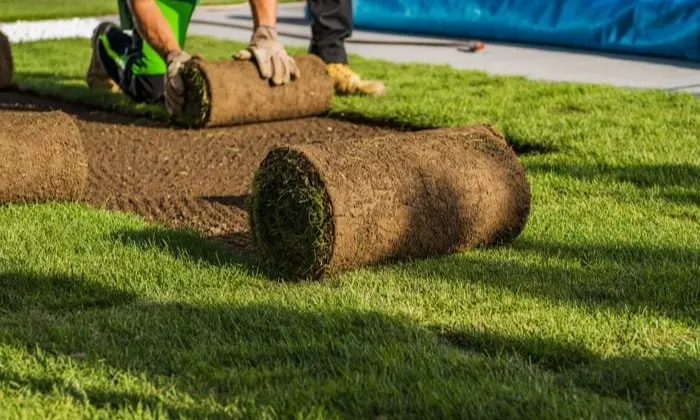Are you wondering about when to mow new sod? Well, you’re in the right place. Whether you’re a seasoned lawn enthusiast or just starting out, knowing when to tackle that fresh turf is crucial for its health and vitality. Stick around as we delve into the ins and outs of mowing new sod, providing you with expert tips and advice every step of the way. Let’s ensure your lawn gets the royal treatment it deserves with Robert’s Complete Care!
Understanding When to Mow New Sod
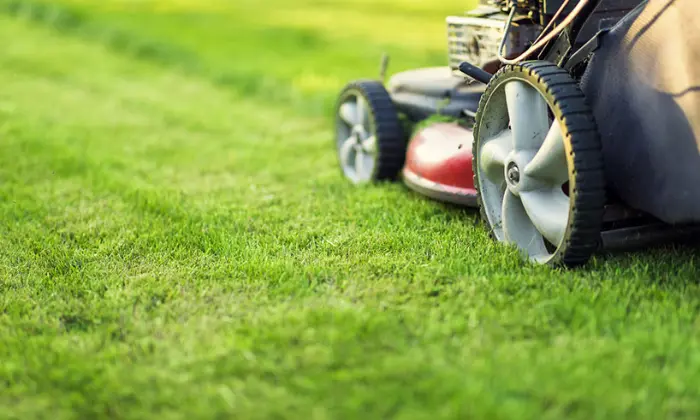
When to mow new sod to start mowing sod refers to sections of grass that have been grown on a farm and then harvested for transplanting onto a lawn. It’s essentially pre-grown grass that comes in rolls or patches, making it easier to establish a lush Best lawn care quickly. Unlike established grass, which has had time to spread its roots and acclimate to its environment, ready for mowing new sod requires some extra care and attention to ensure it takes root and flourishes. Proper maintenance is crucial for the healthy growth of new sod. This includes:
Watering: New sod needs regular watering to keep the soil moist but not waterlogged. Typically, you’ll want to water it daily for the first couple of weeks to help the roots establish themselves. As the sod takes root, you can gradually reduce the frequency of watering.
Fertilizing: Providing the right nutrients is essential for the growth of new sod. Fertilize according to the recommendations for your specific grass type and soil conditions. However, avoid over-fertilizing, as this can burn the delicate roots of new sod.
Mowing: Once the new sod has taken root and started to grow, you can begin mowing it. However, be sure not to cut it too short, as this can stress the grass. Aim to remove no more than one-third of the grass blade height at a time.
Weed Control: Keep an eye out for weeds that may try to take root alongside your new sod. Regularly inspect the lawn mower, which is hard to pull, and manually remove any weeds that appear. Be cautious with herbicides, as some may harm the young grass.
Aeration: Aerating the soil helps to alleviate compaction and allows air, water, and nutrients to penetrate down to the roots. This is especially important for new sod, as it helps the roots establish themselves more effectively.
By providing the proper care and maintenance, you can help ensure that your new sod establishes itself quickly and grows into a healthy, vibrant lawn.
Factors Influencing Mowing Time For New Sod
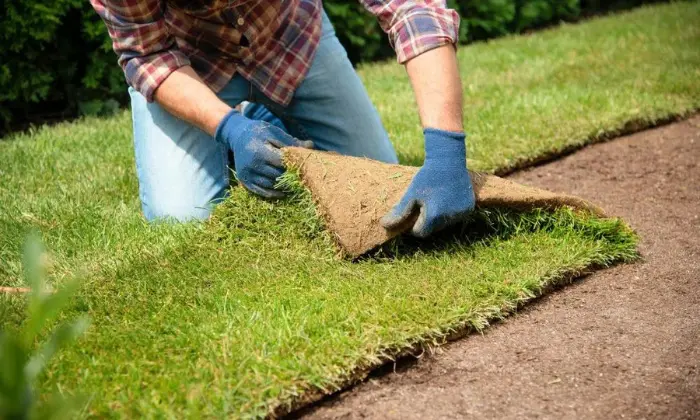
The ideal growth conditions for new sod can vary depending on several factors, including grass type, climate, and season. Here’s how these factors can influence the mowing time for new sod:
Grass Type: Different grass species have varying growth rates and characteristics that can affect how frequently they need to be mowed. For example, warm-season grasses like Bermuda grass and Zoysia grass tend to grow more rapidly during the warmer months and may require more frequent mowing compared to cool-season grasses like Kentucky bluegrass and fescue.
Climate: The climate of your region plays a significant role in determining the mowing schedule for new sod. In areas with mild climates and consistent moisture, grass may grow more quickly, requiring more frequent mowing. Conversely, in regions with hot, dry summers or cold winters, grass growth may slow down, necessitating less frequent mowing.
Season: Mowing frequency can also vary depending on the season. In the spring and summer months, when grass growth is typically at its peak, you may need to mow more frequently to keep your lawn mower looking neat and healthy. As temperatures cool down in the fall and winter, grass growth slows, and you may be able to reduce the frequency of mowing.
Soil Conditions: The condition of the soil can influence how quickly grass grows and, consequently, how often it needs to be mowed. Soil that is rich in nutrients and well-drained can promote healthy growth, leading to more frequent mowing. Conversely, compacted or nutrient-poor soil may slow down grass growth and reduce the need for mowing.
Mowing Height: The height at which you mow your lawn can also impact the frequency of mowing. Cutting grass too short can stress the plants and require more frequent mowing to maintain a neat appearance. On the other hand, allowing grass to grow slightly longer can help shade the soil, retain moisture, and reduce weed growth, potentially extending the time between mowing sessions.
When To Mow New Sod With Riding Mower
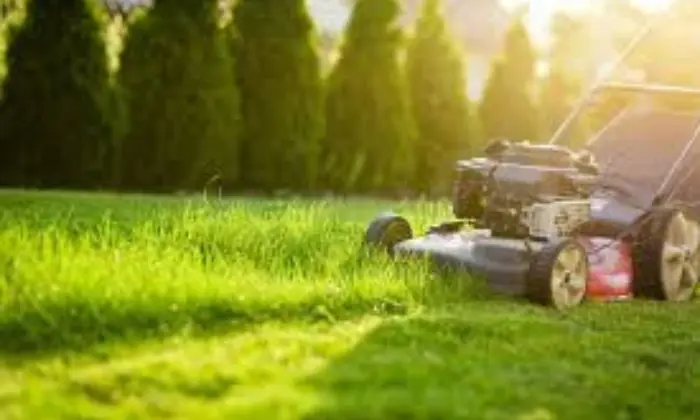
When to mow new sod with symptoms of bad alternator on riding lawn mower, it’s essential to follow specific recommendations to ensure the health and proper establishment of your lawn. Here are some detailed guidelines:
Wait for Establishment: Avoid mowing new sod immediately after installation. Allow the sod installation to establish itself in the soil for at least 2–3 weeks before mowing. This gives the roots time to take hold and minimizes the risk of damaging the grass.
Set the Mower Height: Set your stamped vs fabricated deck while riding lawn mower to the highest setting for the first few mowings. This helps prevent scalping, which can occur if the grass is cut too short, especially on uneven terrain. Gradually lower the stamped vs fabricated deck height over time as the sod installation becomes more established and can tolerate shorter mowing heights.
Choose the Right Time: Mow newly laid sod during the cooler parts of the day, such as early morning or late afternoon. Avoid mowing when the grass is wet, as this can lead to clumping and uneven cutting. Dry grass allows for a cleaner cut and reduces the risk of tearing or damaging the sod.
Overlap Passes: When mowing, overlap each pass slightly to ensure even coverage and prevent missed spots. This helps maintain a consistent height and appearance across your lawn.
Avoid Sharp Turns: Minimize sharp turns or sudden changes in direction when mowing new sod care with a riding mower revving up and down. These movements can put stress on the grass and may cause tearing or damage, especially while the sod is still establishing its root system.
Keep Blades Sharp: Ensure that the blades on your riding mower are sharp and in good condition. Dull blades can tear the grass rather than make clean cuts, leading to an uneven appearance and potentially stressing the sod.
Safety Precautions: Riding lawn mowers losing power when cutting appropriate protective gear, such as closed-toe shoes, long pants, and hearing protection. Be aware of your surroundings and watch for obstacles such as rocks, branches, or uneven terrain that could pose a hazard.
Inspect the area: Before mowing, inspect the area for any debris or obstacles that could be picked up by the mower blades. Remove any rocks, branches, or other objects from the lawn mower to prevent damage to your mower or injury to yourself or others.
Follow the Manufacturer’s Guidelines: Follow the manufacturer’s guidelines and recommendations for your specific riding mower model. By following these recommendations and safety precautions, you can effectively mow new sod with a riding mower while promoting healthy growth and establishing a lush, beautiful lawn.
Tips for Mowing Newly Planted Grass
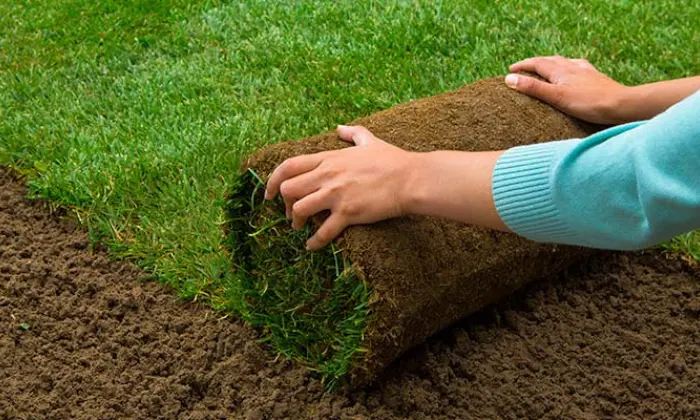
When to mow newly planted grass requires extra care to ensure optimal growth and establishment. Here are some additional sod maintenance tips to consider:
Dos:
Gradually introduce mowing: Allow newly planted grass to grow to a height of at least 3 to 4 inches before the first mowing. This allows the grass to establish a strong root system and reduces stress on the young plants.
Use a sharp mower blade: sharp mower blades provide a clean cut, which is crucial for the health of newly planted grass. Dull blades can tear the grass, leaving ragged edges that are more susceptible to disease and stress.
Adjust mower height: Set the lawn mower stamped vs fabricated deck to the highest setting to avoid cutting the grass too short. Newly planted grass is more sensitive to mowing stress, so a higher cutting height helps to minimize damage and allows the grass to recover more quickly.
Leave clippings on the lawn: Mulching grass clippings back into the lawn can provide valuable nutrients and organic matter, promoting healthy growth. However, ensure that the clippings are finely chopped to avoid smothering the grass.
Alternate mowing directions: Change the direction of mowing each time to prevent the grass from developing a “grain” pattern and to ensure even cutting. This also helps to reduce soil compaction and encourage upright growth.
Don’ts:
Mow too frequently: A lawn mower is hard to pull when newly planted grass is mowed too frequently, as this can stress the young plants and inhibit root development. Wait until the grass has reached the recommended height before mowing, typically every 7 to 10 days during the growing season.
Mow when the soil is wet: Mowing wet soil can cause compaction and rutting, as well as damage to the newly planted grass. Wait until the soil has dried out sufficiently before mowing to minimize soil compaction and ensure a clean cut.
Remove more than one-third of the grass height: Follow the “one-third rule” when mowing newly planted grass, which recommends removing no more than one-third of the grass height at each mowing. Removing too much grass at once can stress the plants and slow down growth.
Mow during extreme heat or drought: Avoid mowing newly planted grass during periods of extreme heat or drought, as this can further stress the plants and increase the risk of damage. If possible, schedule mowing for cooler times of the day or when the weather is more favorable.
Neglect watering and fertilizing: Proper watering and fertilizing are essential for the health and growth of newly planted grass. Make sure to water deeply and infrequently to encourage deep root growth, and follow recommended fertilization practices to provide the necessary nutrients for optimal growth.
By following these dos and don’ts for maintaining healthy new sod, you can promote strong root development, lush growth, and a beautiful lawn for years to come.
Conclusion
In conclusion, ensuring successful growth when to mow new sod they requires dedicated attention and care. With the right maintenance practices, such as proper watering, fertilizing, mowing, weed control, and aeration, you can set the stage for a lush and healthy lawn. At “Robert’s Complete Care,” we understand the importance of nurturing new sod from its initial installation to its full establishment. Our comprehensive services aim to provide your lawn with the care it needs to thrive, so you can enjoy a beautiful and vibrant outdoor space for years to come. Trust Robert’s Complete Care for all your lawn care needs and watch your new sod flourish into a picturesque landscape.

